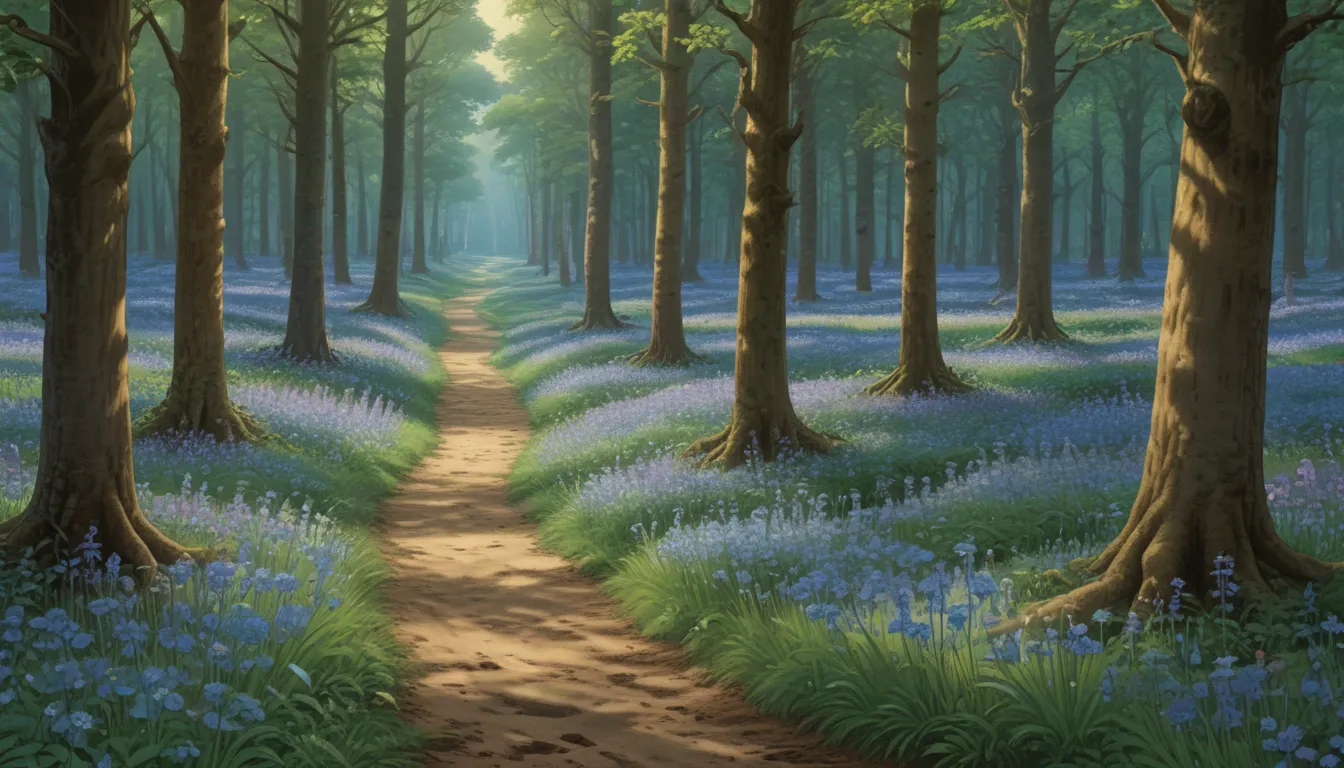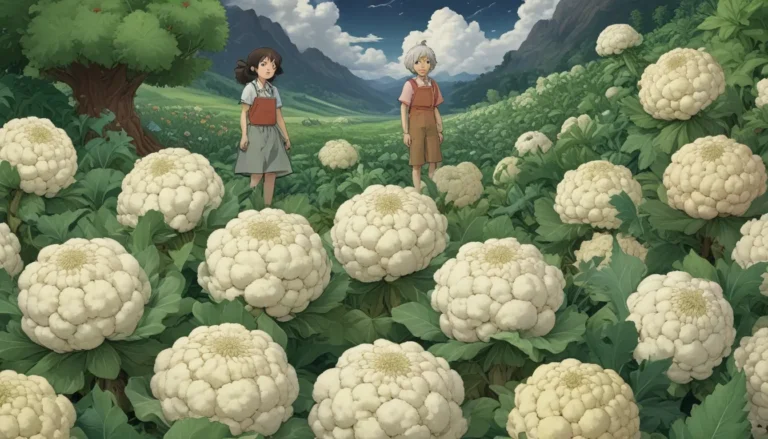A Comprehensive Guide to Growing and Caring for English Bluebells

Introduction:
English Bluebells, also known as Hyacinthoides non-scripta, are a beloved perennial bulb that adorns woodlands with splashes of blue during the European spring. Steeped in folklore and history, these enchanting flowers are a delightful addition to any garden.
In this detailed guide, we’ll explore everything you need to know to successfully grow and care for these beautiful plants, from their cultivation and history to propagation, growing tips, and maintenance.
The Beauty of English Bluebells
Cultivation and History:
- English Bluebells, also known as fairy flower or wild hyacinth, are native to western Europe.
- These bell-shaped blooms, with fragrant flowers hanging to one side of the stem, are shorter and smaller than Spanish Bluebells.
- Threatened by habitat decline and hybridization with Spanish Bluebells, true English Bluebells are protected in the UK.
- Over half of the world’s bluebells can be found in the UK, thriving in ancient woodlands.
- Besides their aesthetic appeal, bluebells have a storied past, once used in herbal remedies and folklore.
Propagation:
- Propagate English Bluebells from seeds or bulb offsets.
- Seeds can be collected from flowers in the summer and sown in rich, well-draining soil.
- Alternatively, divide bulb offsets from mature plants for a quicker propagation process.
How to Grow:
- English Bluebells thrive in dappled shade with organically rich, moist soil.
- They prefer slightly acidic soils and require watering when the soil is dry.
- Try fertilizing with a low nitrogen fertilizer in the spring to enhance growth.
Expert Gardening Tips for Healthy Bluebells
Growing Tips:
- Plant in full sun or dappled shade.
- Keep the soil moist but not wet.
- Grow in soil rich in organic matter or amended with compost.
Pruning and Maintenance:
- Remove spent flowers to prevent hybridization.
- Allow foliage to wither naturally to ensure energy is stored for the next season.
Where to Purchase Quality English Bluebells
- Avoid illegal collection from the wild and buy plants from local nurseries or online retailers.
Managing Pests and Disease:
- Resistant to rodents and deer, English Bluebells are relatively pest-free.
- Keep an eye out for bluebell rust and address promptly if spotted.
Best Uses:
- Plant English Bluebells in woodland gardens, borders, or containers for a vibrant spring display.
- Mix with other spring bulbs like tulips and daffodils for a colorful ensemble.
Quick Reference Growing Guide
- Plant Type: Perennial flowering bulb
- Flower/Foliage Color: Blue/green
- Native to: Western Europe
- Hardiness (USDA Zone): 5-8
- Bloom Time: Spring
- Exposure: Full to dappled shade
- Height: 12-18 inches
- Water Needs: Medium
Embrace the Magic of Bluebells
Picture a magical woodland bathed in shades of blue as English Bluebells bloom in the early spring. These classic flowers add charm and fragrance to any garden, making them a must-have for nature lovers.
Share your experiences growing English Bluebells in the comments below. Do you believe in fairies? Let us know!
For more gardening tips on bluebells and other spring blooms, explore our additional guides:
- How to Grow and Care for Wood Hyacinth (Spanish Bluebell)
- How to Grow and Care for Virginia Bluebells
In conclusion, English Bluebells are a timeless addition to any garden, adding a touch of elegance and color to your outdoor space. Follow these tips to nurture these enchanting flowers and witness their beauty bloom year after year.
Note: With this enhanced guide, aspiring gardeners can now learn comprehensive information on cultivating English Bluebells successfully, from propagation to maintenance and more. Explore the magic of these enchanting flowers and embrace the beauty they bring to your garden!





